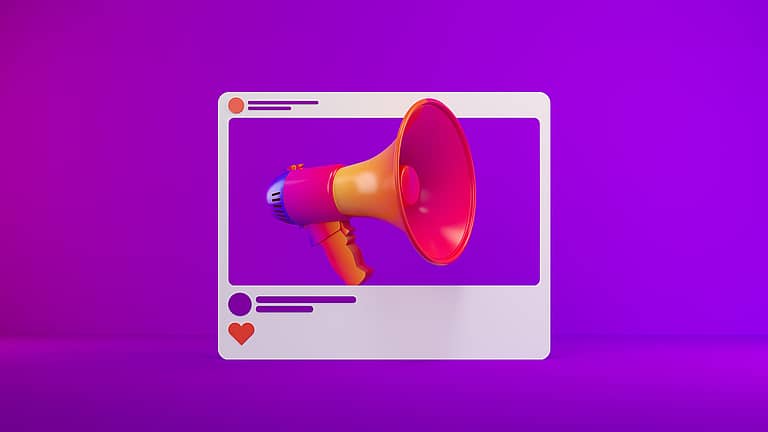Disruption in construction is imminent. Most projects use traditional means and methods to erect buildings. But many are now turning to component pre-assembly, panelization and other off-site processes. Automation is coming into play in the field, and construction software firms are working hard to add artificial intelligence modules to their project management applications. Where does a leader begin to process all this change?
Let’s start with off-site construction—the industrialization of our industry’s work. Off-site construction processes can accelerate project timelines, improve quality and help your firm win more bids. So, you figure, let’s do this thing. But are others in the firm on board? Researchers at the Harvard School of Business have ideas for you on how to get that commitment.
Architect, Bridger, Catalyst
“What Makes a Great Leader?”, a Harvard Business Review article, says tomorrow’s leaders must master three new roles: architect, bridger and catalyst. The article by Linda A. Hill, Emily Tedards, Jason Wild and Karl Weber says architects build business cultures. Bridgers curate talent inside and outside their organizations. Catalysts energize the new systems.
Off-site construction is manufacturing. It calls for a wholesale change in mindset and behaviors around talent acquisition, customer cultivation, technology and standards for building components produced under a roof. To lead your team into this new frontier you must do more than promote innovation to your colleagues. No, you must be the architect of that innovation. You must also bridge ideas among people inside and outside the company. Finally, you must be the catalyst in finding and deploying resources to make it happen.
Successful leaders “build not only innovative organizations, but also networks and ecosystems that [can] co-create across organizational boundaries,” the Harvard researchers say. Here’s what this means.
Leader as Architect. Architects design and build their organizations to support innovation, HBR says. They employ a leadership style, talent, structure, operating model and tools to establish a work culture supportive of “co-creation.”
The architect’s colleagues, not the architect, transform the firm’s operating model to include new services. This involves “hyper-empowering” others, the researchers say, through teamwork and rewards, and by protecting everyone’s well-being.
Leader as Bridger. Bridgers “encourage innovation across functions or geographies or business units within an organization,” HBR says, and also “with people outside the organization.” A bridger “systematically gain[s] access to talent and tools that cannot be found within the walls of a single department, division or company.”
Bridgers may build “separate innovation labs, incubators and accelerators to enable diverse parties to co-create,” HBR says. This requires establishing “mutual trust, mutual influence and mutual commitment,” the article says.
Leader as Catalyst. The catalyst’s job is to “encourage and accelerate those multiparty collaborations.” You already work with GCs, distribution centers, insurance carriers and other partners. You’ll now need to connect them to your new ecosystem of off-site construction. The key is to help partners, both inside and out, see the opportunities that exist by using the new means and methods.
As catalyst, you stitch the partnerships and ecosystems together, HBR says, which facilitates the economic opportunity. After that, you manage this new “web of interdependencies,” which empowers the organizations to work differently.
“The job of leaders [is] no longer about getting others to follow them into the future,” HBR says. “Instead, [it’s] about inviting others to co-create the future with them—a process driven by teams composed of individuals with diverse expertise and experience who [are] willing and able to collaborate, experiment and learn together.”
“Skills that Spark Innovation”
Clearly, today’s leaders must play important new roles.
“When people first become managers, most believe that their power derives from their position in the hierarchy,” the HBR article says. “Yet they soon discover that their direct reports, especially the most talented, don’t follow orders. And although they may think that compliance is what they want, commitment is what they need. If people aren’t committed, they won’t take the … risks required to execute or engage in even incremental innovation.”
Yes, the old command-and-control boss is dead. The new boss is part architect, part bridger, part catalyst—three “skills that spark innovation within an organization and across external organizations and ecosystems,” HBR says.
Mark L. Johnson writes for the walls and ceilings industry. He can be reached via linkedin.com/in/markjohnsoncommunications.



